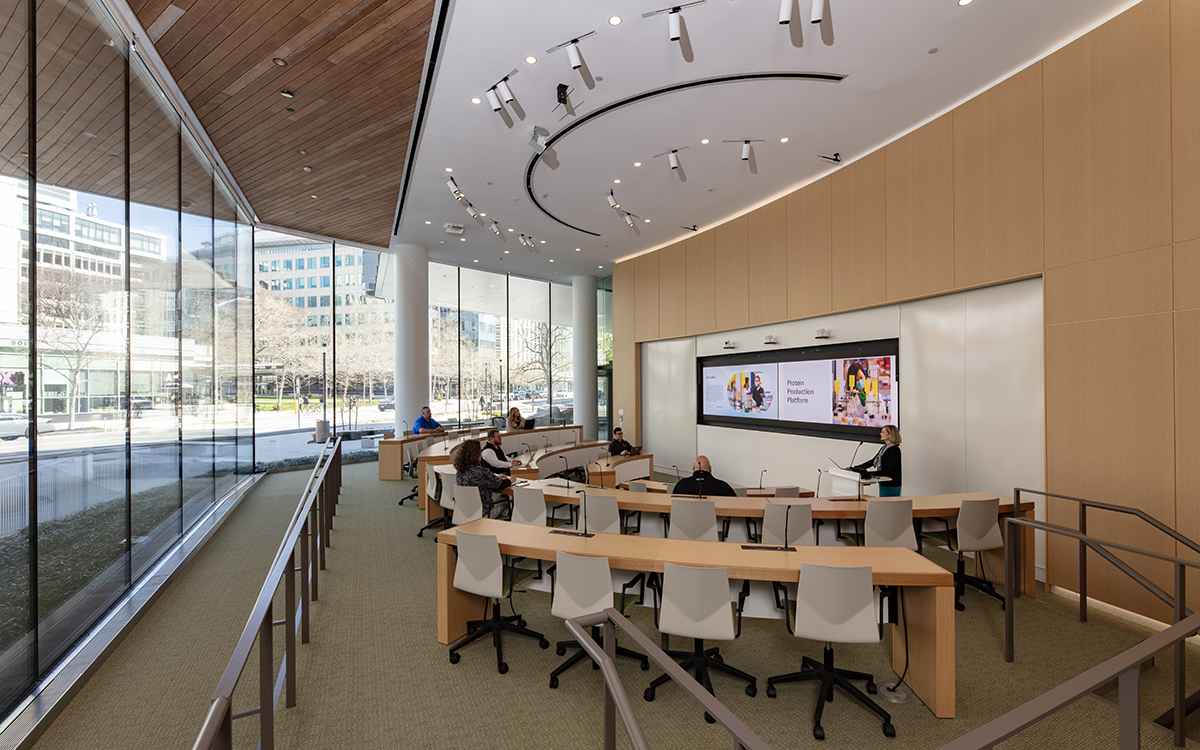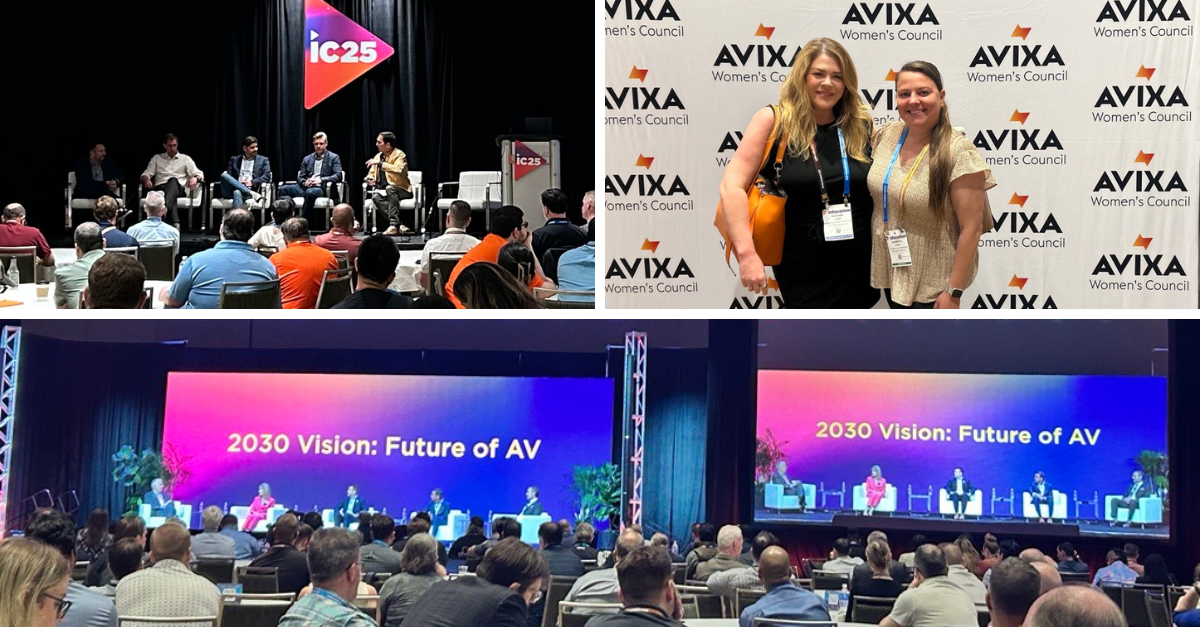Ancillary spaces are becoming more and more common within the modern work environment. With offices becoming more flexible, open, and mobile, ancillary spaces provide a comfortable and collaborative option for a change of scenery. The problem is that ancillary spaces can be more stylish than functional, creating ergonomic issues for employees and hindering productivity. Here we present ergonomic solutions to some of the most common issues seen in the design of ancillary spaces, and provide specific questions you can ask yourself to ensure your ancillary spaces are as functional as possible.
Simple, ergonomic solutions to common issues:
1. Offer places to plug in
Problem: Laptops or other devices need to be charged. Without a proper solution, users are left looking for a place to plug in, often putting themselves in uncomfortable positions while waiting for a charge.
Solution: Make sure power options are available at convenient locations and offer adjustable work surfaces for different types of work, such as computer or paper-based work.

Placing Thread next to lounge chairs allows easy power access. Regard seating can integrate secondary power for access when table surface power is not available.
2. Seat and table heights matter
Problem: Lounge seating has a tendency to be paired with tables that are too high to work comfortably.
Solution: With the average table surface being 29″ high, a seat height of 18″ is ideal for user comfort, while lower seat heights require lower table heights. A good point of reference is to aim for a 10-12″ difference between the seat and table.

Lagunitas tables are perfect for ancillary spaces, as they are designed to complement lower lounge seating. In addition, Lagunitas lounge chairs have an adjustable back cushion that flips as desired to provide lumbar support.
3. In-between spaces can support productivity
Problem: Smaller work spaces are often sparsely outfitted and fail to support productive work, forcing the user to cram themselves into a space.
Solution: It is important to make sure to utilize every inch of available space, inviting employees with personal worksurfaces both for laptops and personal items, as well as accessories such as foot rests and stools.

The Bivi Trunk is a multi-functional and convenient side table that provides storage space throughout.
4. Not all spaces are meant to be meeting spaces
Problem: Ancillary spaces often look inviting, but don’t always support individual work or privacy.
Solution: Remember to support posture, power, and personal devices when designing ancillary spaces. Through careful planning, style and productivity can coexist.

Brody workstations offer an all-in-one ancillary solution when power, comfort, and storage are required. In addition, the personal worklounge offers privacy and plenty of personal storage.
5. The office is not the home
Problem: Drawing inspiration from residential spaces is important, but don’t forget the office and the home are inherently different spaces. For instance, coffee tables should be used for coffee, not for work surfaces. When used as work surfaces, the user is forced to hunch over the table, resulting in poor posture.
Solution: Coffee tables should be used as intended – as coffee tables. Be sure not to replace workstations with coffee tables, as they should be placed primarily between lounge areas or soft seating.

The CH008 Sofa Table is a simple solution either as a centerpiece between lounge areas or alongside tables and chairs.
Helpful hints for planning ancillary spaces:
Below we outline some helpful questions that can be used as a guide when planning out your ancillary designs. These questions should help determine if your ancillary spaces are as high performing as possible.
Ensure your ancillary spaces support productive work:
- Is there a surface large enough for a laptop to be comfortably placed?
- If a keyboard is needed, is there an option for it to be easily and comfortably reached?
- Could the space support more than one worker?
- Is there an element of privacy if needed?
Provide enough table space and alternate storage options:
- Is there a convenient place for a bag, where one will not have to reach or twist their body?
- Is there an appropriate area for items such as extra materials, supplies, or beverages?
Support healthy postures:
- Does the seating height align with the table height to allow proper and comfortable posture?
- Can the screen be viewed without straining one’s neck?
- Is the employee in a position that is actually comfortable to work once seated?
Offer convenient power access for multiple devices:
- Is there a power outlet within reach?
- Are there any cords that pose a tripping hazard?






